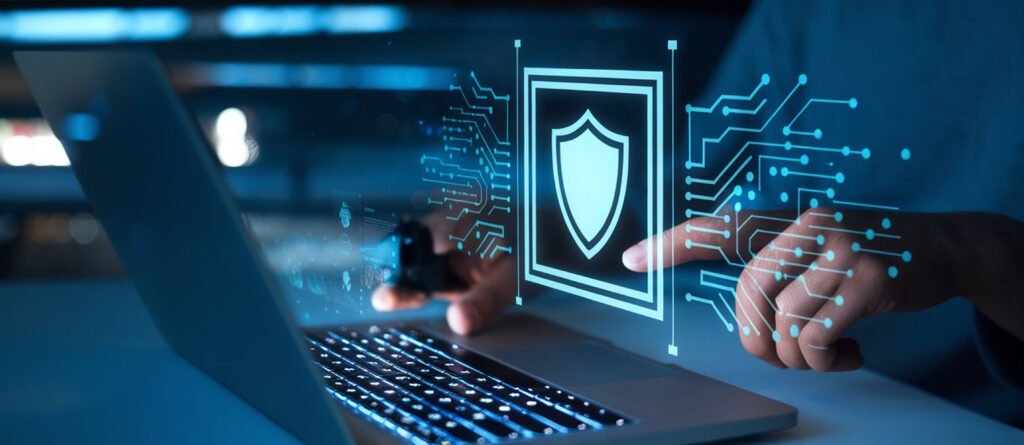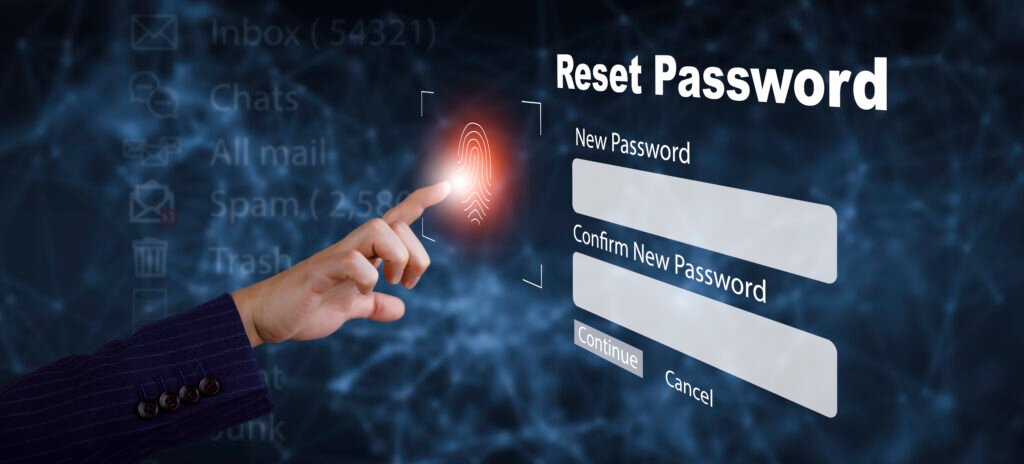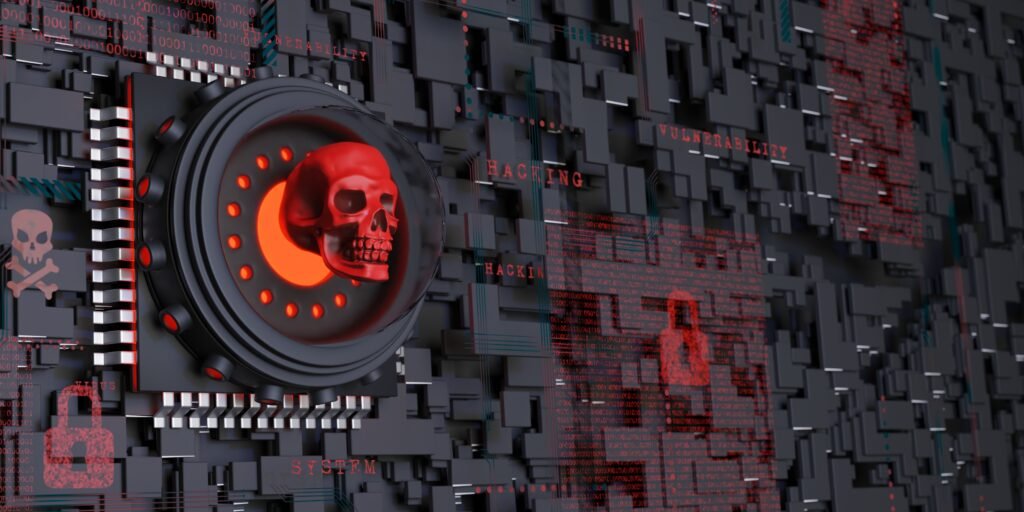Importance of Network Security Why Assessments Prevent Cyber Attacks
Importance of Network Security Why Assessments Prevent Cyber Attacks INTRODUCTION In the era of digitization, cyber attacks are evolving at a rapid rate, and therefore network security evaluation is part of any business’s security policy. Network security cannot be overemphasized since it is a critical component in safeguarding sensitive data, preventing cyberattacks, and ensuring business continuity. Without a sound assessment of their network security, business firms expose themselves to possible vulnerabilities for the exploitation that results in financial losses, damage to their reputation, and litigation problems. With phishing, ransomware, and data breaches increasingly becoming more sophisticated cyber attacks, organizations must pay attention to network security audits in order to have a strong defense mechanism against potential attacks. An effective security strategy includes vulnerability scanning, risk assessment, penetration testing, and compliance testing. This comprehensive guide will discuss the importance of network security, the importance of frequent security audits, and best practices to harden an organization’s cybersecurity infrastructure. Realizing the Relevance of Network Security The relevance of network security is that it can shield digital resources from unauthorized access, cyber attacks, and data breaches. In today’s world when organizations are relying on cloud computing, IoT devices, and remote workers, a secure network becomes essential. Why Network Security is an Imperative Secures Sensitive Information – Prevents unauthorized access to sensitive information such as customer data, financial data, and intellectual property. Secures against Cyber Attacks – Prevents malware, ransomware, phishing, and DDoS attacks threats. Enables Compliance – Enables organizations to become compliant with regulations such as GDPR, HIPAA, and ISO 27001. Enhances Business Continuity – Minimizes downtime caused by cyber attacks and ensures business continuity. Builds Customer Trust – Provides a secure environment for customers, and thus customers become more trusting of the organization. Avoids Financial Losses – Cyberattacks can lead to humongous financial losses due to legal fines, data recovery expenses, and lost business. Boosts Competitive Advantage – Organizations that possess a secure infrastructure create a competitive advantage by assuring clients and partners regarding their data protection policies. Prevents Insider Threats – Prevents security breaches caused by employees, contractors, or business partners with access to sensitive information. Mitigates Third-Party Vulnerability Risks – Assists in ensuring that vendors, suppliers, and partners possess robust security practices to prevent indirect threats to the company. What is a Network Security Assessment? A network security audit is a thorough review of an organization’s information technology infrastructure for vulnerabilities identification, security control assessment, and recommending measures to mitigate risks. An audit ensures the security of an organization’s network against growing cyber attacks. Elements of a Network Security Audit A thorough network security audit consists of several important elements that help organizations enhance their security position: Asset Identification – Identification of all hardware, software, and devices in the network to have visibility into security risks. Vulnerability Scanning – Identification of security weaknesses in network devices, applications, and settings. Threat Analysis – Identification of external and internal threats that can impact network security. Penetration Testing – Simulation of cyberattacks to challenge security defenses and response. Compliance Review – Confirmation of industry standards such as PCI-DSS, SOC 2, and NIST guidelines. Incident Response Planning – Developing plans to identify, respond, and recover from cyber incidents. Types of Network Security Assessments Vulnerability Assessment – Identifies security vulnerabilities within network hardware and applications. Penetration Testing – Simulates real cyberattacks to challenge security defenses. Risk Assessment – Investigates possible security threats and business effect. Compliance Assessment – Ensures security controls meet regulatory requirements. Configuration Audit – Tests security settings on firewalls, routers, and other network gear for misconfigured settings. Impact of Network Security Evaluation in Mitigation of Cyber Attacks An evaluation of network security is significant in avoiding cyberattacks. Determination of the weaknesses and applying security beforehand reduces the chance of security vulnerabilities exponentially. How Network Security Evaluations Stop Cyber Attacks Identifying Security Gaps – Detects security loopholes in firewalls, servers, routers, and endpoints before hackers can exploit them. Improving Incident Response – Improves detection, response, and recovery of security incidents with a clearly defined process. Stopping Data Breaches – Mitigates risks associated with unauthorized access, data leakage, and insider threats. Minimization of Cost Losses and Downtime – Prevents expensive cyberattacks affecting business processes and causing loss of information. Keeping with Compliance Regulates – Installs the legislative and industry-supported security controls to prevent expensive penalties. Employee Training – Trains employees on best practice cybersecurity to eliminate the likelihood of human mistake resulting in a breach. Security Enhancements in Cloud – Scans cloud infrastructure so unauthorized usage, misconfigurations, and data breaches are removed. Safe Remote Employees and Mobiles – Imposes security controls on protecting remote employees and mobile phones against cyber attacks. Best Practices in Conducting Network Security Audit In order to leverage the importance of network security to its complete potential, organizations need to comply with best practices in conducting network security audits: Regular Security Audits – Conduct regular tests to find new threats. Penetration Testing – Conduct ethical hacking test cases to validate the security defenses. Multi-Factor Authentication (MFA) – Implement MFA to enhance access control and reduce unauthorized access risks. Employee Training – Educate employees on cybersecurity best practices to remove human error leading to security breach. Network Segmentation – Segregate core systems to prevent lateral movement in case of a breach. Zero Trust Security Model – Employ the Zero Trust model to establish rigorous access controls and prevent unapproved access. Real-Time Threat Monitoring – Employ security information and event management (SIEM) solutions to regularly monitor and detect threats in time. Patch Management – Regularly update and patch software, operating systems, and applications to plug security vulnerabilities. Endpoint Security Solutions – Employ robust antivirus, anti-malware, and endpoint protection software to secure connected devices. Incident Response Planning – Develop an incident response plan in order to manage and curtail cybersecurity threats successfully. Network Security in the Future Network security will top the agenda even as more and more sophisticated cyber attacks become frequent. Organizations shall be required to merge new technologies of security
Importance of Network Security Why Assessments Prevent Cyber Attacks Read More »









